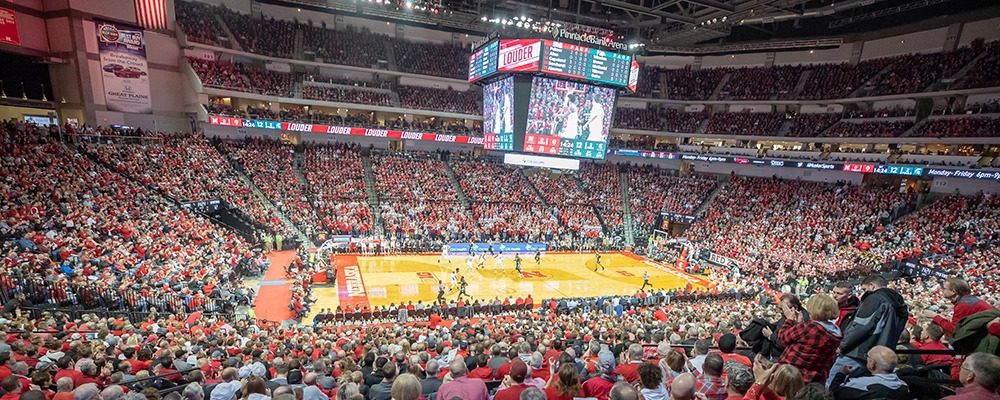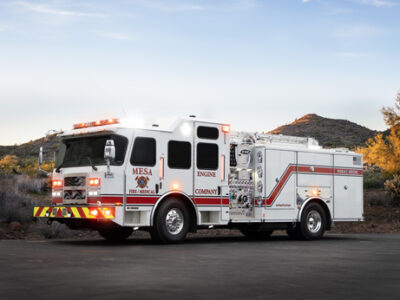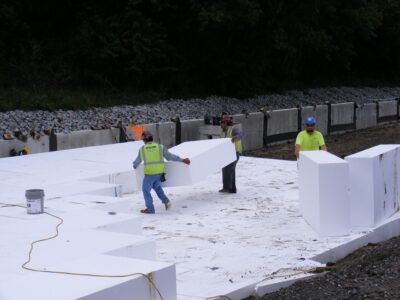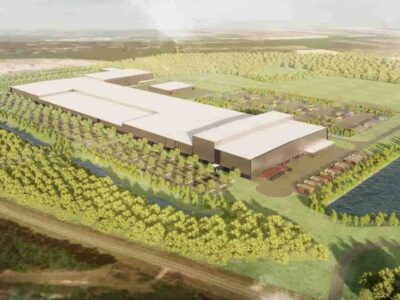In the early 2000s, the University of Nebraska-Lincoln (UNL) had an old basketball gym, and Lincoln, NE, had an old warehouse district that it wanted to redevelop. The Pinnacle Bank Arena (PBA), located around 1.5 miles from the school’s campus, was built with the double objective of creating a new venue for Nebraska’s men’s and women’s basketball games and as the cornerstone for the West Haymarket District.
Repurposing the mainly vacant railyard for the new arena site was an early sustainability-minded step for this project. However, the location presented obstacles — the two still-operating railroad lines.
Unable to wait for the tracks’ total removal, the design team got creative and built around the dismantling of each rail line, using a “hybrid superstructure” of steel and concrete. This unique challenge required innovative planning that also helped to open the venue on schedule in 2013, avoiding the increased costs and worksite pollution that a construction delay would generate. Furthermore, environmentally responsible building materials, at least 10% recycled, were used to construct the venue.

Controlling costs was a central concern with the arena project involving public funds, resulting in several green gains. The installation of reflective roofing reduced interior cooling loads. Additional energy savings were achieved by partnering with the Environmental Protection Agency’s Energy Star program to optimize electrical consumption at PBA.
The building features energy-efficient heating, plumbing, and electrical systems, and it can ensure everything keeps operating efficiently by employing Energy Star monitoring software.
These initiatives, it has been estimated, would provide a financial gift to Lincoln taxpayers.
“We’re looking forward to saving the taxpayers hundreds of thousands of dollars each year in the very near future,” announced Chris Beutler, Lincoln’s then-mayor, in 2012.
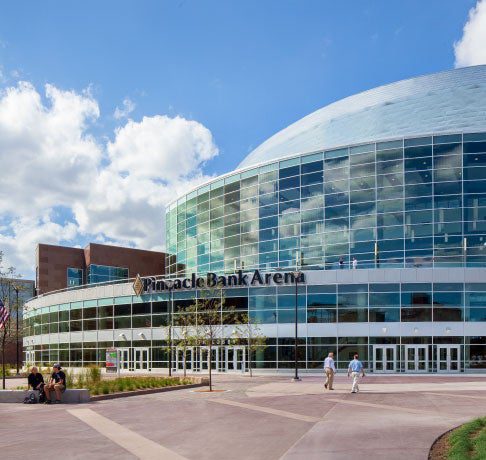
Energy Star also teamed up with the city of Lincoln and the school’s environmental studies students to challenge the students to conceive a cutting-edge recycling system. “I think it’ll be good, and maybe it can influence just the residents to be more sustainable and participate more at home,” Jesy Hansen, a UNL environmental studies student, told Lincoln’s KLKN TV in 2012.
Another early boost to the program was a $150,250 grant from the Nebraska Environmental Trust. The money was earmarked to stock PBA with disposal equipment and multi-bin recycling stations for compost, glass, paper, cans, bottles, and other waste and to fund an educational outreach program to recycle 75% of the arena’s waste.
Currently, PBA’s recycling programs involve having plastic bottles, paper containers, and cups. It even composts food waste collected in labeled bins.
Staff members then sort the items so the recyclables can be processed while food waste gets composted and turned into energy.
Through the years, PBA has truly been a popular, multi-purpose facility for the Lincoln, NE, area. While UNL’s basketball teams are primary tenants, the arena has also presented professional volleyball and tennis matches, high school sporting events, NBA exhibition games, and a long list of big-time concerts.
Additionally, it has served the community by hosting many high school commencements and as the Peoples’ City Mission Tree Festival and Project Connect Lincoln. The event concentrates on services for people experiencing homelessness and at-risk individuals and families.
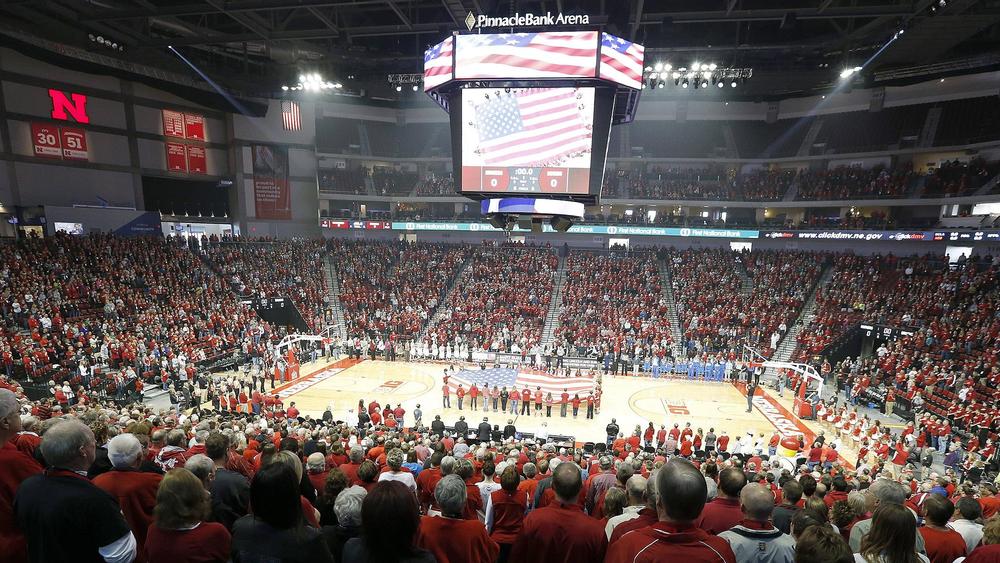
Football is a huge deal on the university’s campus, and its Memorial Stadium is a renowned college football venue. However, PBA has earned its own accolades.
It ranked among the best seven new and historic indoor arenas in the Midwest while also making Popular Mechanics’ list of “25 Most Incredible College Basketball Arenas.” Since opening, the PBA has continued to improve its sustainability programs, from doing infrastructure upgrades to updating its energy strategies. Its dedication has justifiably earned its reputation as “one of the most sustainable buildings of its kind in the U.S.”

